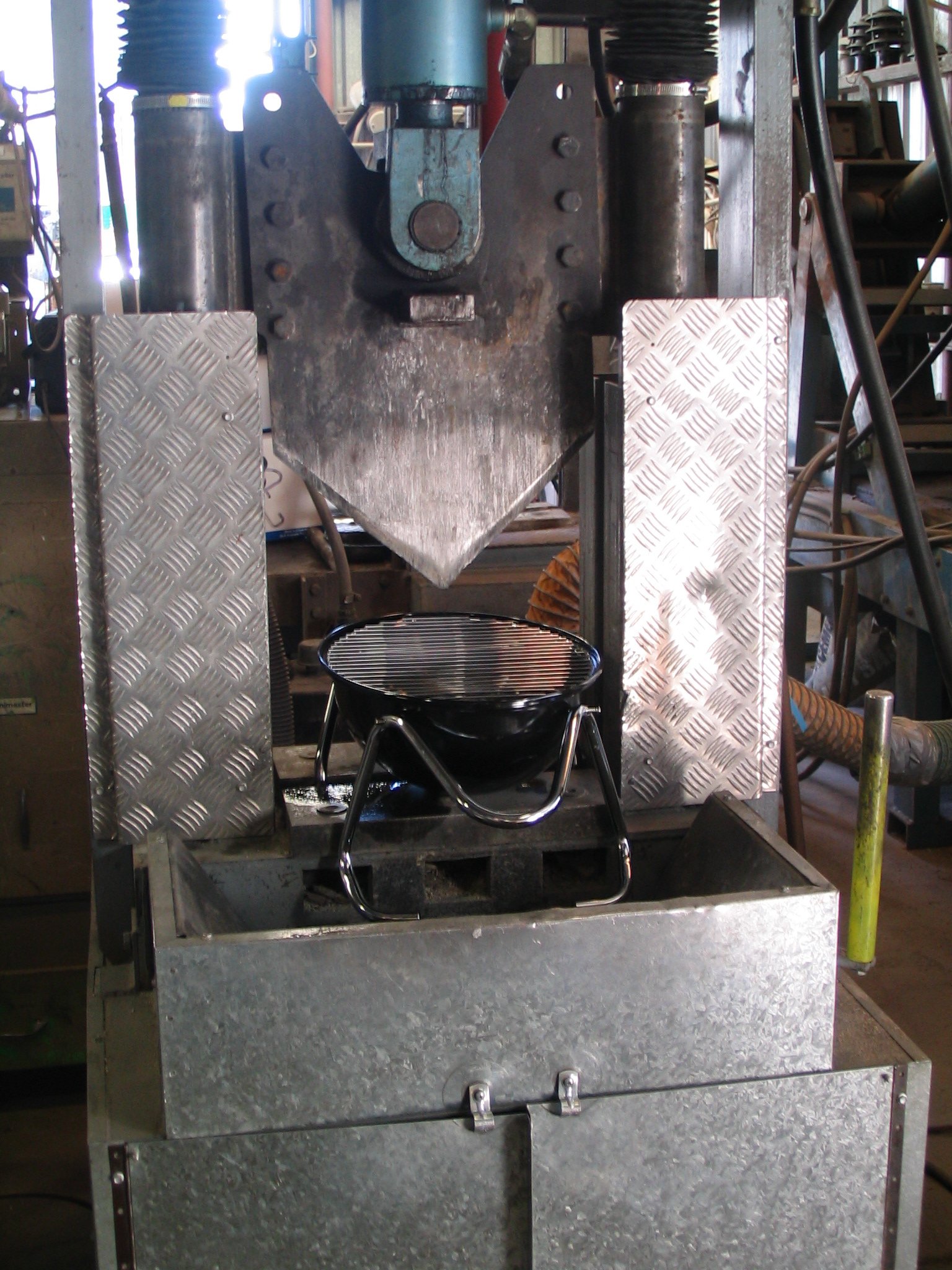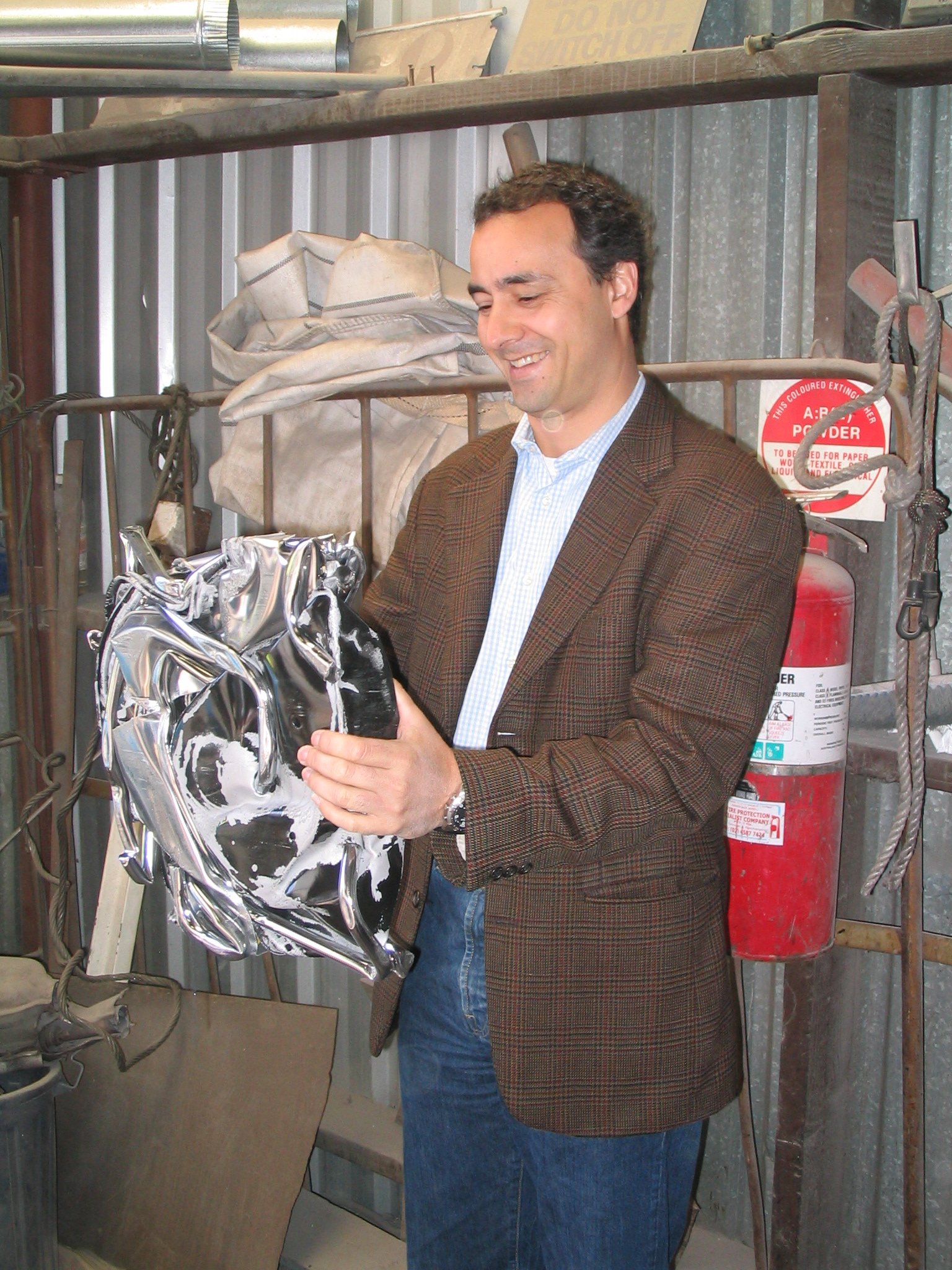The Fight for Authentic Design: A Journey from Denmark's Heirlooms to Today's Challenges
Guest blog by Thomas Miang Perez
Original design has been the cornerstone of my professional journey, a commitment deeply rooted in my early days with the Royal Copenhagen group back in 1988. When you've had the privilege of being associated with iconic Danish homeware brands that boast a lineage stretching 100-250 years, it’s a testament to their enduring originality.
In those early years, original design was protected differently. The slower pace of production – particularly with everything being produced domestically in Denmark – ensured the integrity of design was preserved. Customers, too, played their part, armed with a discerning eye and appreciation for genuine design.
Yet, as the adage goes, change is the only constant. The onset of rapid, outsourced, and inexpensive production worldwide led to an influx of design infringements. Suddenly, proprietary manufacturing competencies became accessible to OEM factories globally, leading to a muddled design space.
The nuances between inspiration and blatant imitation have always been a point of contention in design. With myriad designs emerging annually, cross-inspiration is inevitable. An iconic product from the 50s or 60s might inspire newer renditions, a phenomenon we should appreciate as a natural evolution. However, deliberately tricking a customer into believing an imitation is original – is unacceptable.
So, I studied and learned how to navigate in this landscape and protect originality.
Innovate and Lead:
One method is perpetual innovation. Curiously, there's an apparent reliance on past designs and less exploration of futuristic concepts. While mid-century designs are cherished for their timeless appeal, there's an urgent need to discern what the next big wave in design will be.
Prioritize Intellectual Property:
Treat IP protection as an essential business cost. While some might bemoan the expense of patents and copyrights, their value in safeguarding a design's longevity is undeniable. Remember, just as you wouldn’t purchase a car without a title, I would say that launching a product without protective rights is just as risky.
Communicate and Educate:
It's vital to be open about what drives your designs. Emphasize the stories, passion, and dedication behind each creation. When you encounter imitations, address them head-on. Show the world the vast difference between an original and a counterfeit. When I led Bodum in Australia, after a legal win against a company that copied our designs, we made a statement. They had to give us all the counterfeit products. In a memorable event, we had these fakes destroyed at a demolition derby, with the media watching. This not only highlighted our commitment to originality but also showcased how shameful the act of copying others is.
Aggressive Defense:
I lead a French Press company for many years, and we adopted a proactive stance against potential imitators. Any entity toeing the line of our designs would receive a cease-and-desist letter instantly, and we were always ready to defend our IP rights in court if needed. This robust approach not only discouraged potential imitators but solidified our reputation as staunch protectors of our design rights.
In our collective stride towards preserving originality, joining forces can amplify our impact. Being part of a united front, like Be Original Americas, not only adds weight to our cause but also propagates the importance of design authenticity across industries. Remember, intellectual property theft isn't merely a business challenge; it's a violation of creativity, effort, and the very ethos of design.
As Be Original America turns 11, let’s rally together, champion original design, and ensure that creativity, ingenuity, and authenticity continue to thrive. Let's expand the reach of BOA, drawing in more voices and industries, to reinforce the message that originality is priceless.



